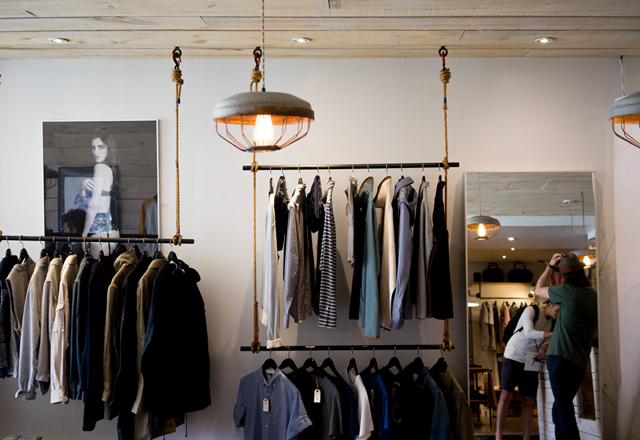
The current economic lockdown has exacerbated challenges many retailers have faced during the past several years, as decreasing foot traffic and increasing online competition has chipped away at margins.
Even as local governments consider when retailers’ doors can and should reopen, many customers will remain wary of running non-essential errands.
However, a vast majority of retailers already have employed successful strategies to compete with online merchants, and now they are redoubling their efforts to keep customers happy and satisfied.
For many retailers, that means continuing to invest in the online portion of their businesses to remain viable.
Current circumstances have forced them to offer new services — including some “out of the box” solutions — that may become permanent additions to their business strategies.
Here are 3 ideas that retailers large and small are using to meet, and even exceed, customer expectations during COVID-19.
1: Social media engagement
Topping the list of retailers’ worries is figuring out how maintain and possibly even increase customer relationships with their customer bases digitally.
These are strategies that are not only imperative when in-person engagement is impossible or reduced, but important also when competition from online merchants seems overwhelming.
Social media marketing via Facebook and Instagram are perfect tools for the task, as is direct-to-consumer email marketing.
Customer relationships can be nurtured, and clients can still feel the strength of their loyalty and engagement with brands using social media as well as personalized emails.
These can be targeted to specific sets of customers, and might herald the introduction of a new offering, or provide a unique service.
2: Unique offerings
Customers engage online with retailers that provide unique services online.
Offering an online class or special event can offer a much-needed “social” activity, while encouraging staying in the privacy of one’s own home.
Tying the online presentation to products for sale with handy links boosts sales as well as the retailers’ reputation.
Any retailer can offer a relevant online class, including flower arranging, lawn care, golf instruction, cooking lessons, makeup application, etc.
3: Expanding online and delivery options
Retailers that offer more stock online will reap more sales, and appeal to a broader customer base that may stick around long after social distancing mandates have disappeared.
Expanding the breadth of online offerings, including gift cards, lets customers support businesses 24 hours a day, 365 days of the year.
If shipping is a problem, curbside pickup has become one innovation that is likely to become part of everyday shopping. The convenience of calling ahead and picking up without leaving the car is addicting.
In addition, it may actually require some retailers to hire “runners” specifically to satisfy those customers.
Omnichannel or online retailers are well-positioned to deal with restrictive store hours but should always be alert to maintaining the best experience for customers.
The website experience should be straightforward and welcoming, so customers can shop and engage in a frictionless, easy way.
Engage the whole supply chain
The retailer-vendor relationship is also crucial during these uncertain times.
All of the supply chain is in uncharted territory, so continuous partner engagement is critical.
All links in the chain should be encouraged to provide the best customer experience for their customers, in ways that can be mutually beneficially for all partners, such as passing along special offers through finance partners or working with distributors to provide free shipping.
Those relationships will become particularly important as customers return to in-store shopping, as retailers rebuild their customer loyal bases and engage the newer customers who were attracted by the retailers’ digital presence.
















